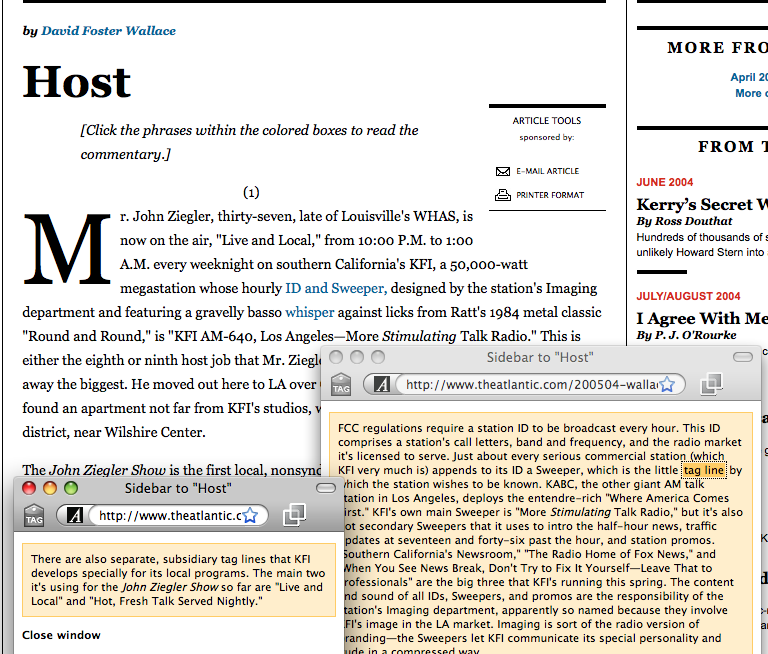For the purpose of this post I am choosing to concentrate on newspapers because I see how news apps and websites have significantly changed the way people read and encounter the news, especially me. I am a newspaper enthusiast. My family receives print copies of 2 different newspapers at home, a local and an international. I look forward to visiting on holiday so I can finally sit and enjoy some quality time reading the backlog of papers, something I don't have the luxury or time to do while I live the chaotic student life on campus.
Over the reading week break, I traveled to Washington DC and for the first time, visited the Newseum. It was here that I realized how much the publication and popularity of print newspapers has dissolved over time (at least in NA). On one of the upper floors, there are two highly engaging exhibits dedicated to the history of the printed newspaper - its formation and growth, and another exhibit that showcases print newspapers from around the world.
 |
| World Newspaper Sizes |
 |
| New York Times E-Home Page (Page 1) |
 |
| The New York Times Print Page 1 |
Now, as you can see, the e-page is created to mimic the print page however there are some major differences. In the print version, you can flip through to the acquired section. In the e-version, you get this fancy drop down menu on the left hand side (as seen below):

Instead of page breaks and page headings determining the various sections, there is a drop down menu assuming the position of a "page" allowing the reader to click and jump to their desired section. Moreover, the home page provides the reader with snipets of various articles and another click to jump type deal for the rest of it. These short cut jump links to the desired "pages" while quick and easy to use, replace the act of turning the page. The interface is designed to have multiple little pages on the home page that expand to full pages with illustrations if you would like to continue reading (at least that's my interpretation). Moreover, there are ads. Lots of them. Whereas on a print paper, you would have small sections of ads, here you have the small sections with some text that then turn into their own pages. Since there is no limit on the page length or quality of e-pages, there can essentially be an infinite number of jump links to more and more pages.
Some may see this a good thing, but not me. I feel that I acquire less information because of the lack of obvious cues to articles that I am interested in. Furthermore, the layout of online pages which often insert ads in the middle of the story or force me to click onto additional pages (not to mention scrolling or refreshing for connectivity issues) significantly alter the reading experience. A print story, in all its dusty-cheap paper glory asks me to flip to "A6" or "A2" to finish a long article, however it does not harass me in the process. In other words, it's simple and quick to conclude the article avoiding major distractions such as moving and flashing ads.
The e-paper re-imagines the idea of a page by allowing it invisible lengths and connections to multiple pages. It does not demand, in my opinion, the same level of respect and engagement as the print version. I'm sure that there are apps and other e-things already available that solve some of the issues I'm addresing, but as someone who has bookmarked www.nytimes.com into my chrome browser, these are my major qualms with the abstract 'page[s]' of the e-paper.









